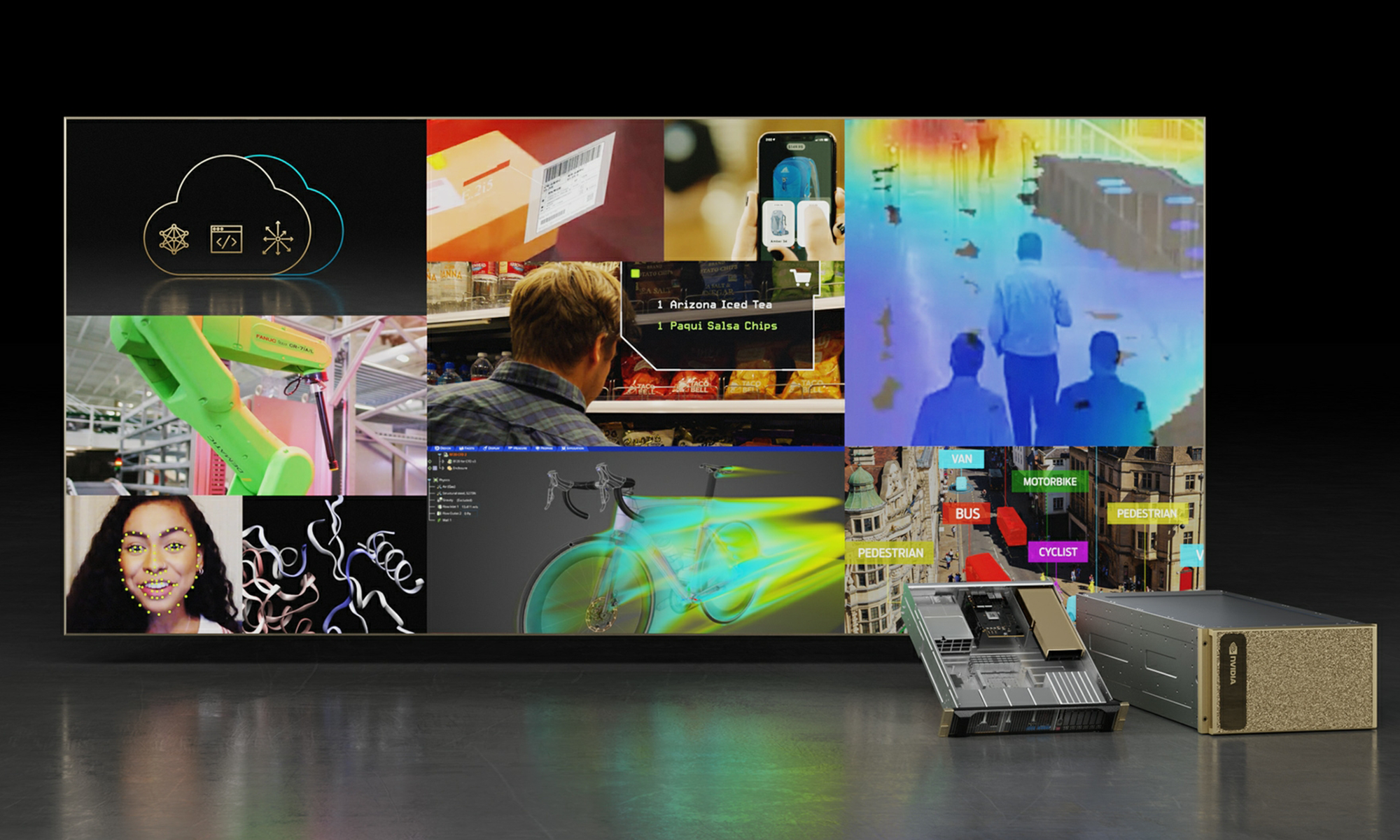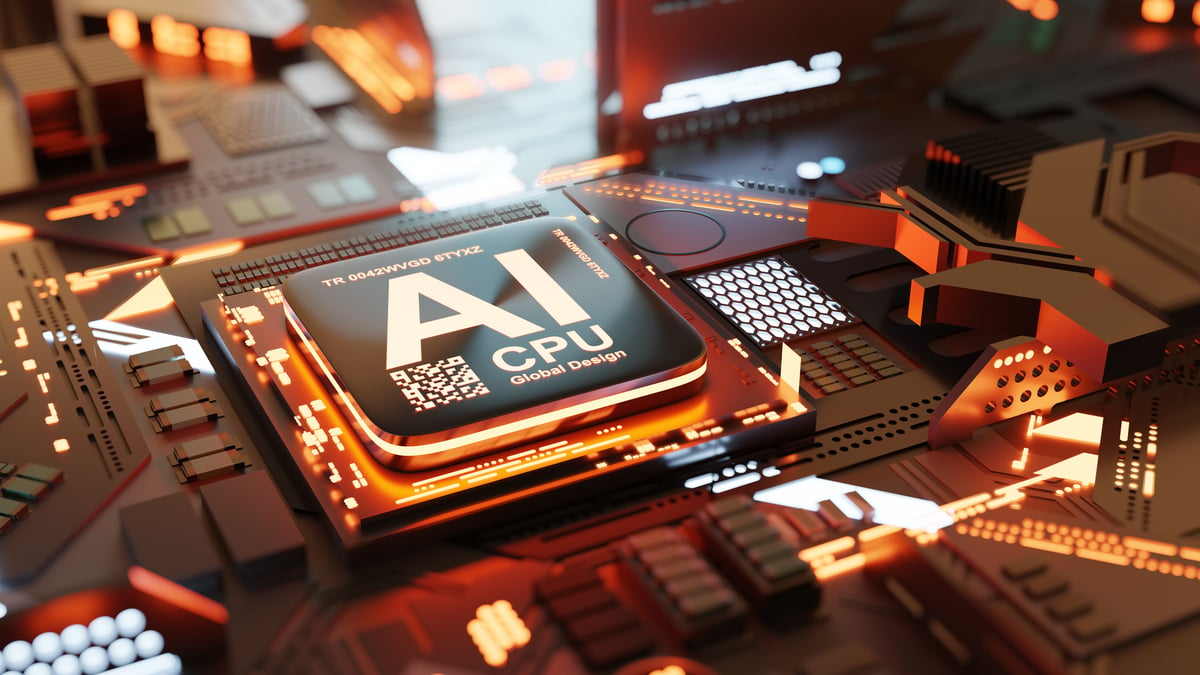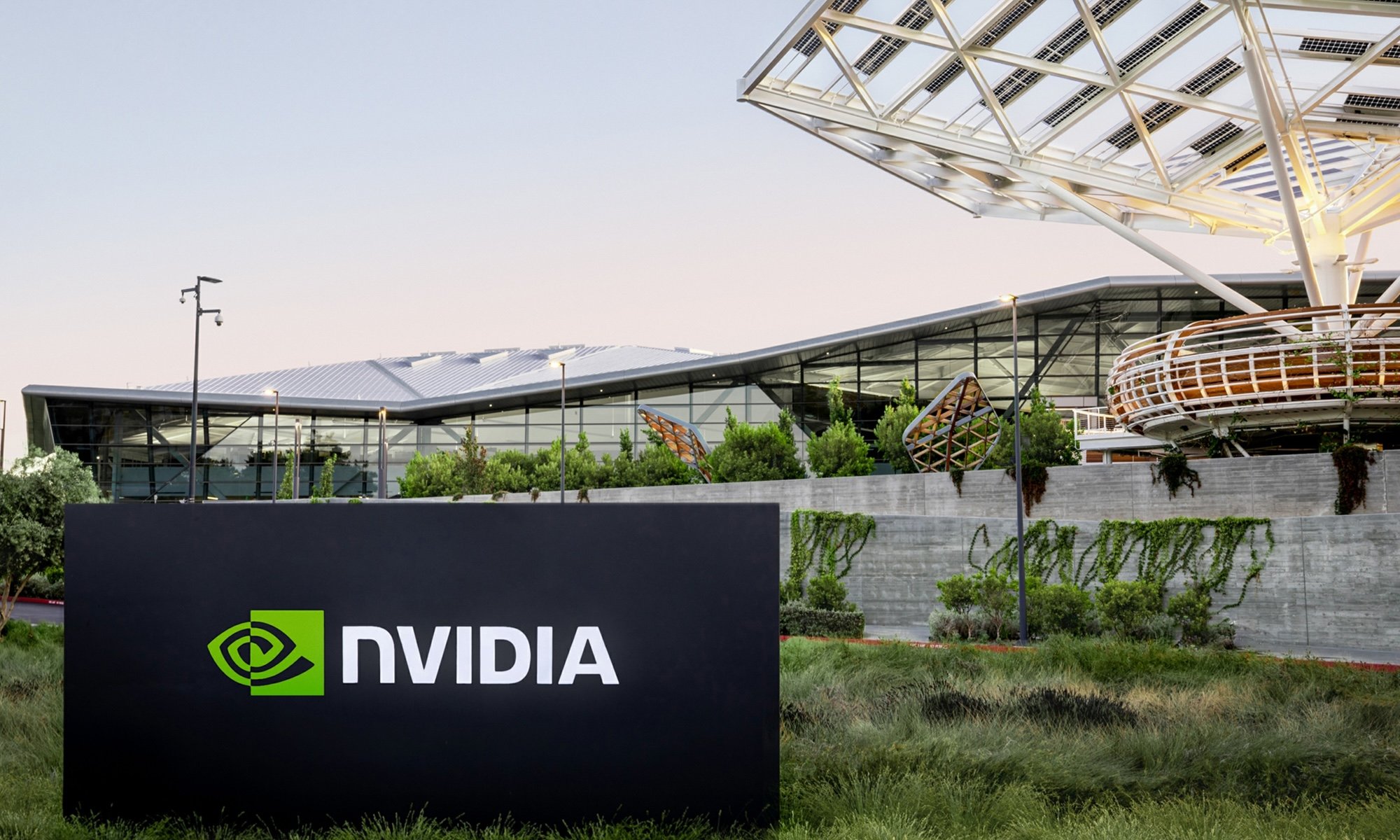It has been just under three years since the artificial intelligence (AI) craze took over the world following the launch of OpenAI's popular chatbot ChatGPT in November 2022. Nvidia (NVDA 3.78%) was (and is) one of the biggest beneficiaries of the proliferation of this technology.
Shares of the company shot up an incredible 1,323% during this period. That's not surprising as Nvidia has led the AI boom with its graphics processing units (GPUs), which have been deployed in large numbers for training AI models and for inference purposes. Its revenue and earnings growth have simply taken off.
Nvidia's financial performance provides a solid insight into the health of the AI industry since the company leads the AI chip market with an estimated share of 85% to 90%, according to investment banking firm William Blair. That's why analysts and investors eagerly await Nvidia's next earnings update, which is scheduled for release on Nov. 19 when the company will release its fiscal 2026 Q3 report.

Image source: Nvidia.
These words from Jensen Huang show that Nvidia's growth is here to stay
Recent comments from CEO Jensen Huang suggest that Nvidia could deliver another solid set of results on Nov. 19, along with terrific guidance. While discussing Nvidia's fiscal Q2 results on an earnings call in August, Huang pointed out that Nvidia's AI infrastructure opportunity stands at a massive $3 trillion to $4 trillion.
The company aims to capitalize on this opportunity with its current generation of Blackwell GPUs, followed by the next-generation Rubin data center graphics cards. Importantly, Huang said that Nvidia is already on track to make the most of this multitrillion-dollar opportunity and is at the "beginning of this build out."
Huang's words are an indication that Nvidia still has a lot of room for growth. The company is expected to clock $207 billion in revenue in the current fiscal year, which would be a 58% improvement over last year. Analysts expect a slowdown in the next fiscal year, forecasting a 33% increase in its top line. However, the claim of an additional $3 trillion to $4 trillion that's expected to be spent on AI infrastructure over the next five years could help Nvidia to exceed consensus estimates.
It is easy to see why Huang is upbeat about AI infrastructure spending. The demand for running AI workloads in the cloud is robust, which is evident from the humongous backlogs that cloud infrastructure providers are sitting on. Oracle, for instance, could alone have a revenue backlog worth a massive $750 billion.
Oracle and other hyperscalers are expected to spend more money on building AI data centers, and that could ensure healthy growth for Nvidia given its position in the AI chip market. After all, 60% of the spending on AI data center infrastructure is usually allocated to chips and computing hardware that Nvidia sells.
So, the company could be looking at an addressable opportunity of at least $1.8 trillion (based on the lower end of its AI infrastructure spending forecast). If Nvidia even loses ground in the AI chip space to the likes of Broadcom and AMD, it could still see massive growth over the next five years.

NASDAQ: NVDA
Key Data Points
Solid control over the supply chain is going to be a tailwind
Let's say Nvidia's share of AI chips drops to 70% from the current range of 85% to 90%. It can still pull in $1.25 trillion worth of cumulative revenue over the next five years (based on the $1.8 trillion addressable market estimate), which would translate into an annual revenue run rate of $250 billion from the data center business alone.
For some perspective, Nvidia's data center revenue stood at $115 billion in the previous fiscal year. Another important point worth noting is that Nvidia exercises significant control over the semiconductor supply chain. The chip designer has reportedly booked 60% of the advanced chip packaging capacity available for 2026. Rival Broadcom has reportedly booked 15% of the capacity available, with AMD's share estimated at 11%.
Considering that Taiwan Semiconductor Manufacturing is set to expand its advanced chip packaging capacity by 33% next year to meet AI-fueled demand, Nvidia should ideally be able to manufacture more data center chips and corner a significant chunk of the end-market opportunity that Huang projects.
Nvidia trades at 30 times forward earnings. That's lower than the U.S. technology sector's earnings multiple of almost 50. Buying Nvidia at this valuation seems like the smart thing to do, as the trillions of dollars that are expected to be spent on AI infrastructure should ensure years of robust growth for the company that could translate into incredible upside for investors.





